
Chocolate High: Climate change threatens not just our daily sugar rush but farmers’ livelihoods and producers’ bottom lines
Global sugar prices recently hit a 12-year high and cocoa futures spiked to levels not seen in 40 years. These are essential ingredients for chocolate and many manufacturers across the globe are voicing concerns about prices and supply constraints as climate change alters weather patterns.
Cocoa futures are believed to have soared due to fears of a “mediocre harvest”, according to Yves Brahima Koné, head of the Coffee and Cocoa Council in the Ivory Coast, who cited too much rain and little sunshine. Yields of coffee have also been affected by erratic weather.
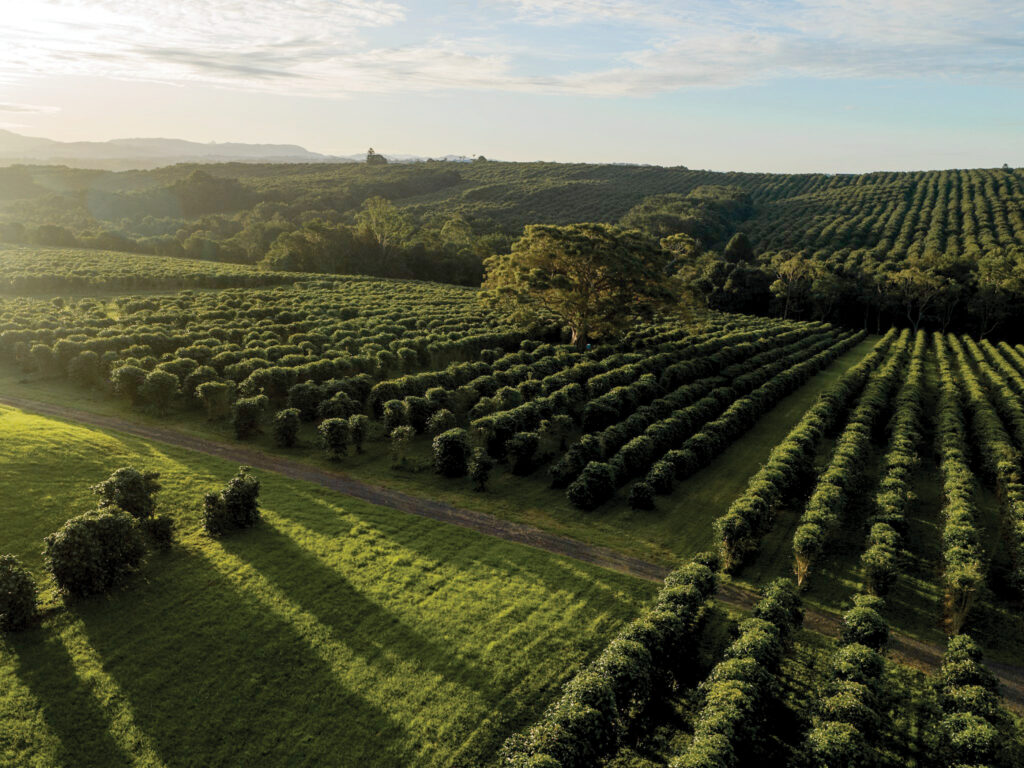
Some chocolate manufacturers are so alarmed by the hikes in sugar and cocoa prices that they have been literally “praying for prices to drop all year”, the Financial Times reports. Nestle reportedly might pass on additional costs to the consumer on a selective basis for their chocolate and coffee products as input cost inflation continues to bite.
Weathering the storm
Professor Huw Dixon, an economist at Cardiff Business School, believes the cause of high sugar prices is primarily a short-term phenomenon driven by weather – in particular less rain in East Asia and India affecting sugar cane, combined with too much winter rain in Europe dampening beet. He believes the prices of these input commodities should even out, stating: “They may rise in the short run, but if weather conditions are more normal in the next harvest cycle they should return to more usual levels.”
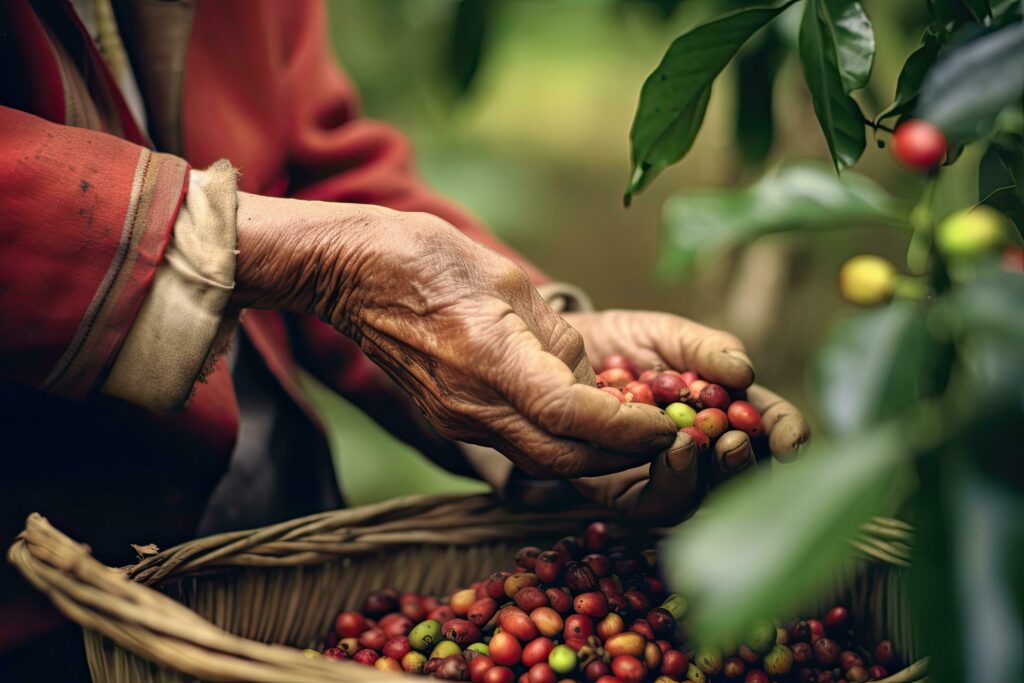
Despite this optimism, the more long-term effects of climate change on yields of sugar and cocoa are less certain. West Africa is by far the biggest producer of the world’s cacao beans, which can only be grown in areas with the specific climatic conditions of good moisture levels and year- round high temperatures. The beans grow best in rainforests and within 10 degrees of the equator.
Academic research has not painted a clear picture cocerning long-term change in rain patterns, but worrying predictions abound, including that about half the cocoa belt in Africa will be unproductive by 2050 due to the effects of climate change.
Chocolatiers feel the pinch
In Hong Kong there are numerous specialist bean-to-bar chocolate manufacturers who are concerned about long-term supply and pricing considerations. Local producer Chocobien makes luxury chocolate using raw cacao beans and cane sugar, including the premium line of Kusa from Pure Nacional cacao grown above an altitude of 3,500 feet in Peru. A tempering and moulding process creates the aged chocolate bar.
According to Chocobien Chocolatier founder Arron Liu, the company has been confronting spikes in input prices of commodities in recent years. “The price of raw cacao beans and cane sugar has been increasing about five to six percent every year,” he says. “This has increased the production cost of our products.”
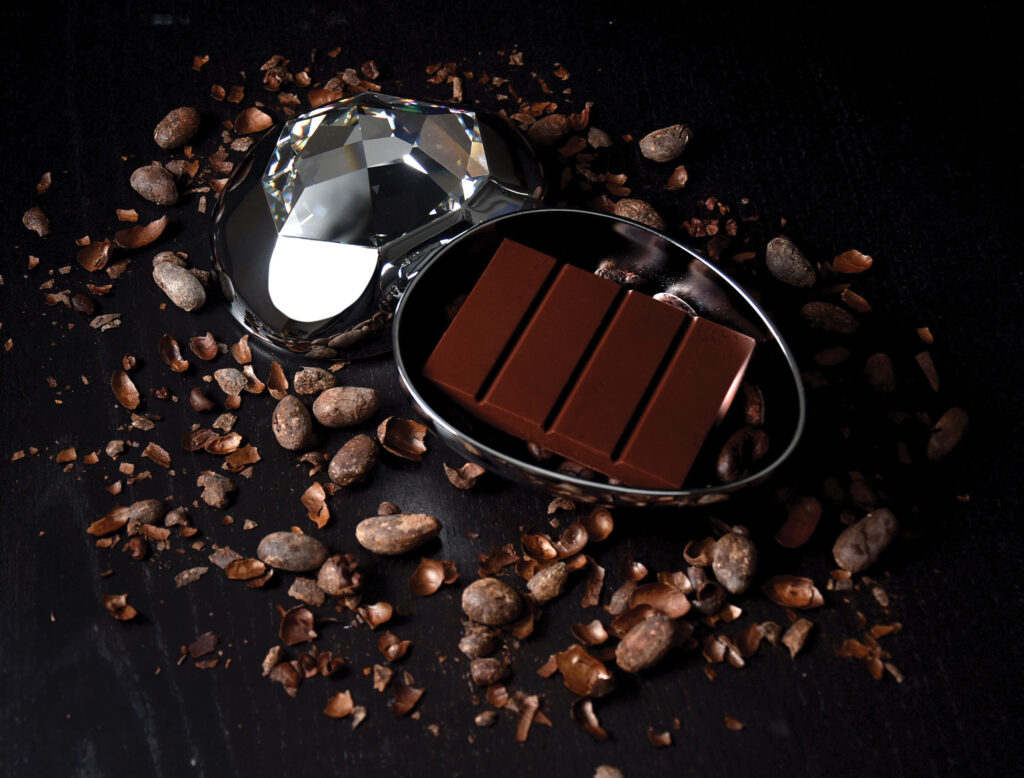
Despite surging costs, Chocobien has refrained from passing on increased costs to the consumer in a bid to retain its customer base. The retail price remains at the same level as 2020. “This means we are forced to reduce the balance on our net profit,” he explains.
Climate change wreaking havoc
However, Liu worries about the long-term consequences of global warming hitting suppliers and their ability to produce the all-important commodities of sugar and cocoa. “As global warming continues, its influence on the growth of the cacao tree and sugarcane will continue and get worse, which will be reflected in the price as the result,” he says.
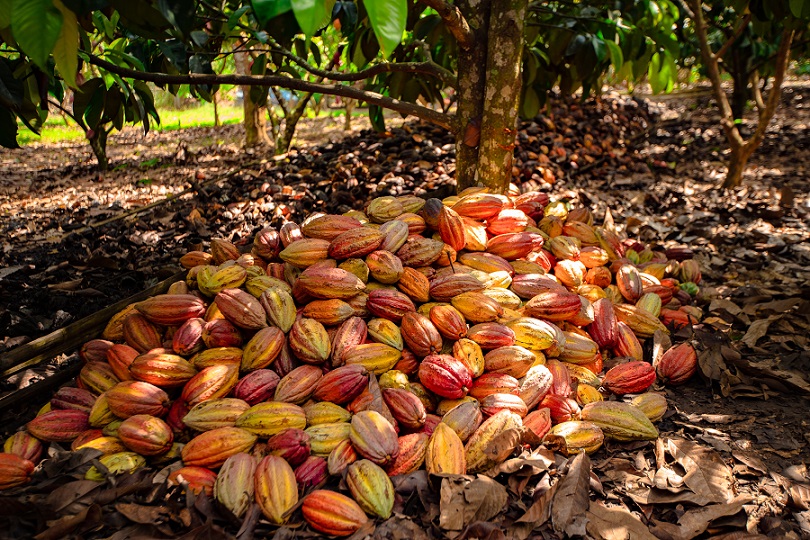
He regularly receives updated supply information from their cacao farmers, with reports indicating a reduction in cacao beans every year due to too much heavy rain or drought caused by high temperatures. He believes these changing weather patterns are likely due to global warming or climate change, and fears for the impact on their suppliers and their families.
As to whether these developments will affect the range and sizes of his products, Liu says: “At the moment, it has increased our cost of production, but it might affect our business development in the long term, such as decisions on price range, a more limited scale of production and the ability to compete with other commercial products.”
Growing shift to Asia
Gavin Chan of Gamma Craft Chocolate notes the company has experienced a shortage in certain specific cacao varieties due to heavy rainfall in Central America – for instance, they were forced to stop selling one of their products for almost a year.
He fears global warming could affect the quality of cacao and production size in the traditional growing countries. Alternative sources from newly emerging countries are a possibility, however. “Some new cacao-producing countries like Taiwan, China and Thailand may benefit since the micro-climate may change there, making it possible to grow better quality cacao in regions that we have never imagined,” he opines.
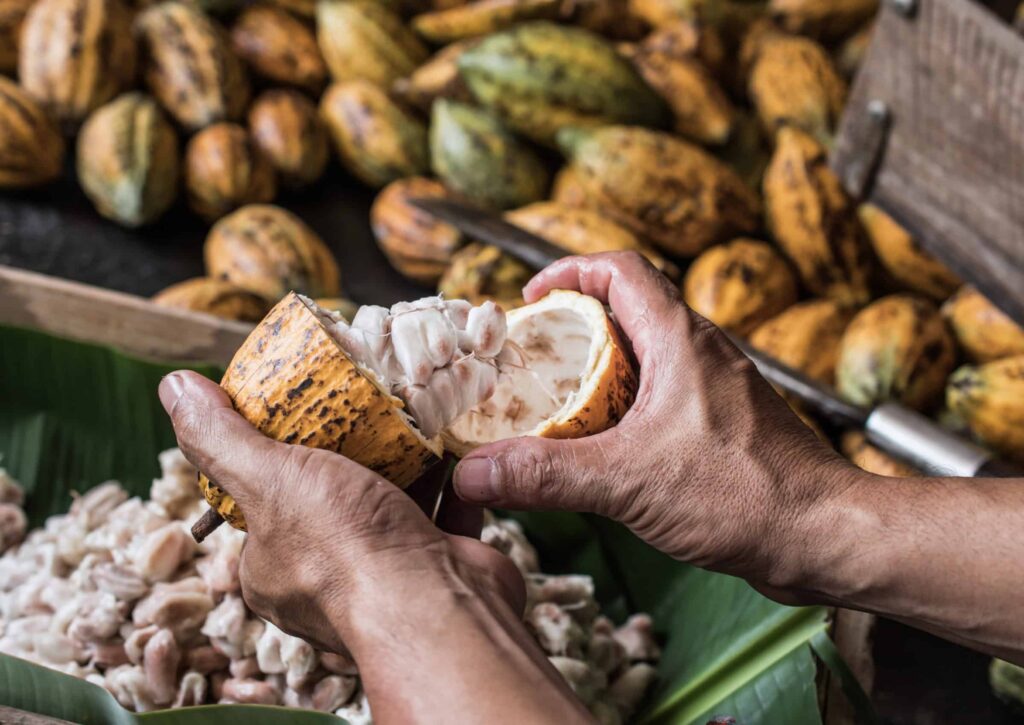
Another local chocolatier, JOL Cacao, has experienced cost pressures due to price hikes in logistics. It makes bean-to-bar chocolate from Fairtrade-sourced cacao beans and cane and coconut sugar as well as chocolate flavoured with coffee beans. They fear climate change will also limit the harvest of cacao beans in the future, eventually leading to price increases. “I am afraid that there will be impact on the quality as well,” says a company spokesperson.
Lower yields, less land
Dr Nick Girkin, senior lecturer in plant soil systems at Cranfield University in the UK, says commodity prices are often affected by adverse weather conditions, which are exacerbated by climate change. “Longer-term climate impacts will result in lower yields and increasing costs, resulting in higher commodity prices,” he says, adding that instability in pricing in the longer term is likely.
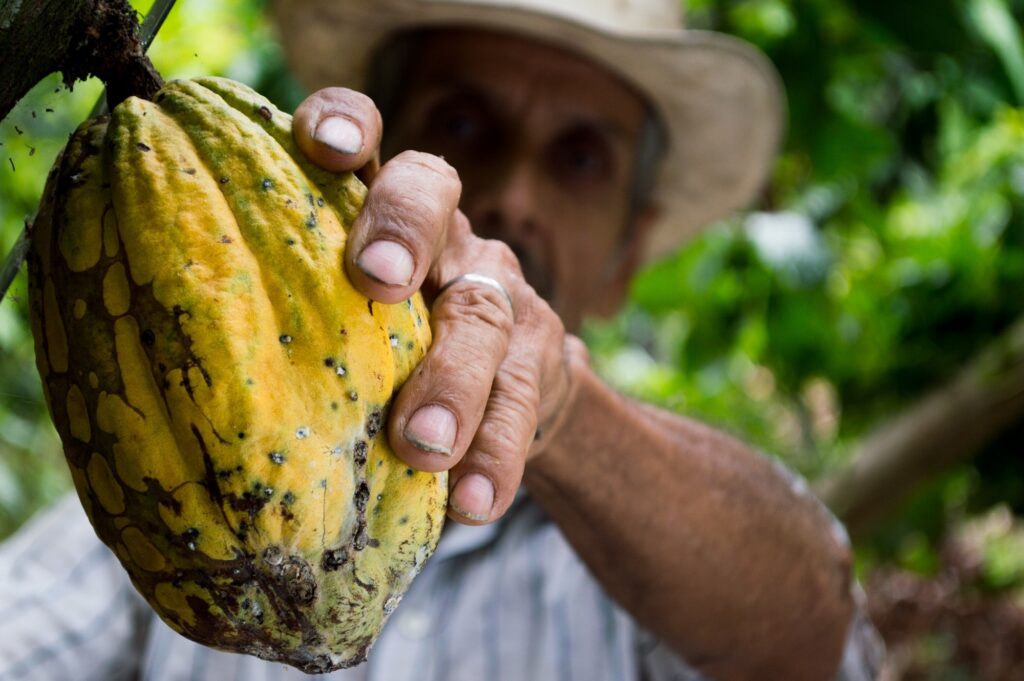
His examination of evidence on how climate change will impact the availability of land suitable for coffee cultivation suggests the decrease in area of production is country-specific, but can range from 11% to 60% in some countries. The coffee trade is dominated by Arabica and Robusta and periods of prolonged drought are problematic for the development of flower buds, as are temperatures outside the optimal ranges. “Indirect effects such as climate impacts on pollinators can further affect production,” he notes.
Sustainable solution?
Girkin believes consumption patterns may change. “As climate change continues to adversely affect farmers (and consumers,) I would expect a growing demand for chocolate and coffee that is grown sustainably.”
He adds: “There are various potential environmental solutions that might have potential to build resilient coffee production and the production of other crops.” Pointing to regenerative farming, he notes the strides this has made in conserving water resources as well as minimising agrochemical inputs and reducing levels of soil disturbance.
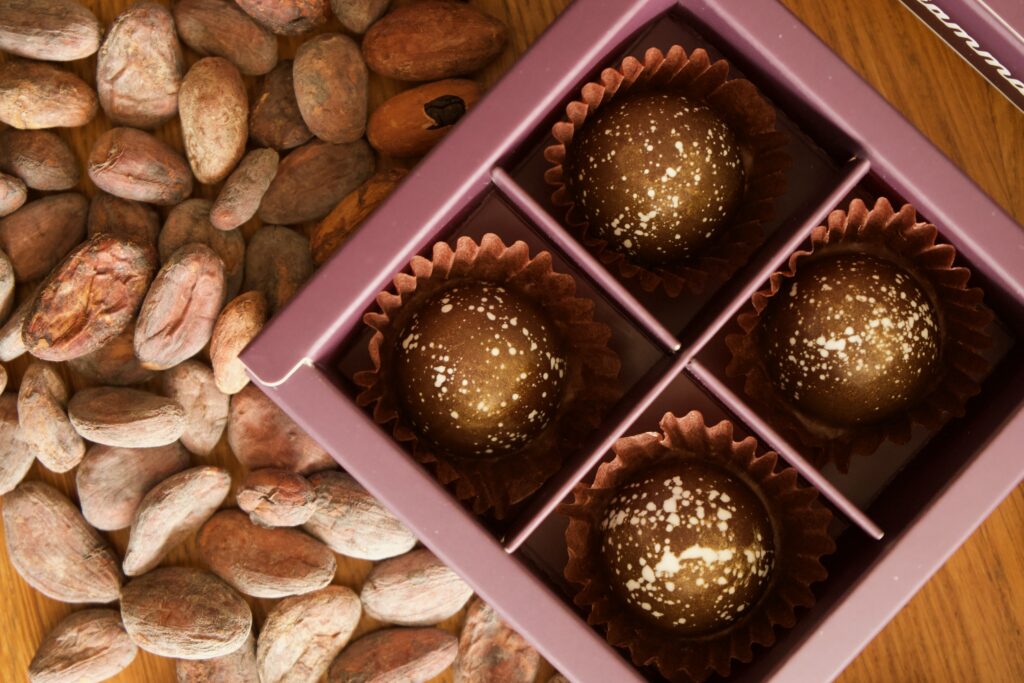
A recent major survey covering 10,000 small- scale farmers in 18 countries by Solidaridad, an international civil society, highlighted climate change as farmers’ most significant concern.







